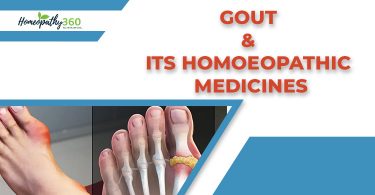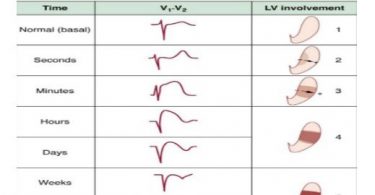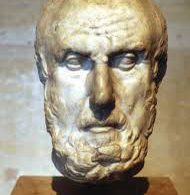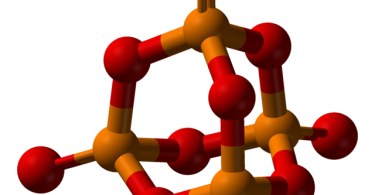
Abstract: Tongue is the very important organ of the body which is represents the different type of digestive systems and physiological activities of the of various organs. The location front of the tongue is related to upper GI tract, lungs, and heart; The Middle part of the tongue is connected with liver, spleen, and stomach; The back is associated with large intestine and kidneys; The very tip is the location of thyroid and vertical line in the middle of the tongue represents the spine.
Keywords: ALS, OPDs, GIT, Hyperacidity, Paralysis, Leucoplakia.
INTRODUCTION: Tongue is the mirror of the stomach. It reflects the digestive disorders. Indigestion giving rise to bilious headache. Derangement of digestive system affects other systems of the body. Flatulence giving rise to palpitation and chest pain. It also gave us to useful information about the primary affection of some other systems with or without involvement of digestive system. A cyanosed tongue points to impure oxygenation resulting from cardio-pulmonary affections.
Tongue helps in homoeopathic Case taking and prescribing
Mind rules the body and Emotions affect the process of digestion. Hyperacidity is a common accompaniment of stress. Desires and aversions as regarding food are considered to be “Physical General Symptom” Tongue reflects the patient as a whole, findings of the tongue should be important in prescribing. Helps in selecting medicines where in tongue symptoms are characteristic. In crowded OPDs such findings will help the physician to attend to his patients fast. Tongue represents the location of various organs. The front of the tongue is related to upper GI tract, lungs, and heart; The Middle part of the tongue is connected with liver, spleen, and stomach; The back is associated with large intestine and kidneys; The very tip is the location of thyroid and vertical line in the middle of the tongue represents the spine.
General plan of clinical examination & assessment
Size and shape, Condition- congenital/acquired, Pale/pink, Dry/moist- and salivation, Papillae, Indentation, Discolouration, Pigmentation, Temporary like cyanosis, Coating, Suppuration, Gangrene, Eruption, Growths- including warts, cancer and ranula, Varicosity of veins, Movement- including paralysis, Inflammation, excoriation, and exfoliation etc.
TEN VITAL CRITERIA FOR BODY MAP OF TONGUE DIAGNOSIS
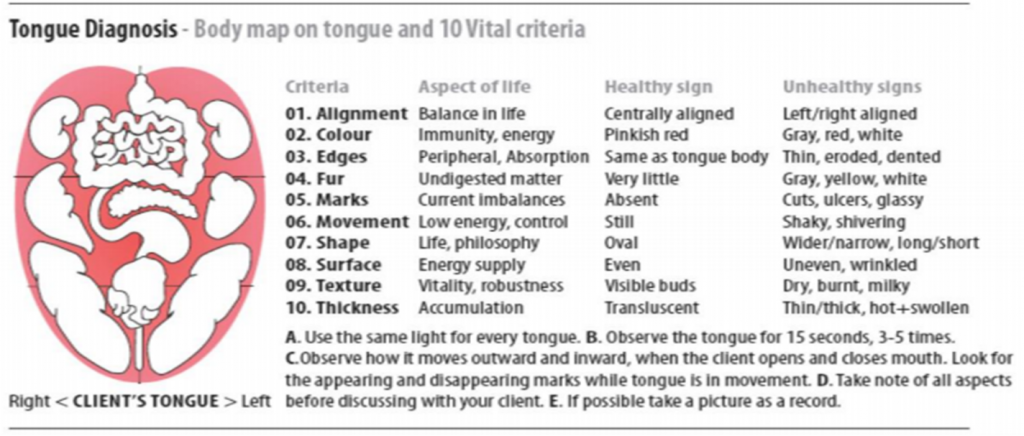
TONGUE REPRESENTS THE LOCATION OF VARIOUS ORGANS
The front of the tongue is related to upper GI tract, lungs, and heart; The Middle part of the tongue is connected with liver, spleen, and stomach; The back is associated with large intestine and kidneys; The very tip is the location of thyroid and vertical line in the middle of the tongue represents the spine.
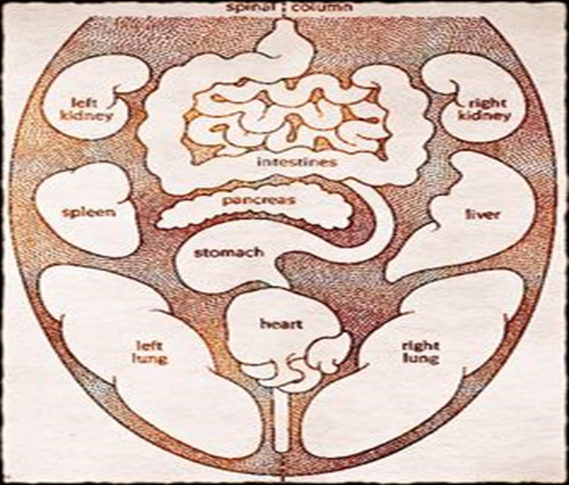
COMPONENTS OF TONGUE EXAMINATION
1.TONGUE BODY TEXTURE- Normal appearance
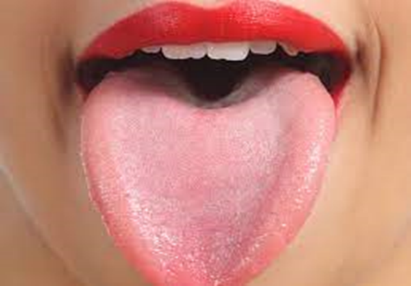
2. ROUGHNESS OR DRYNESS- Indicates a dry temperament
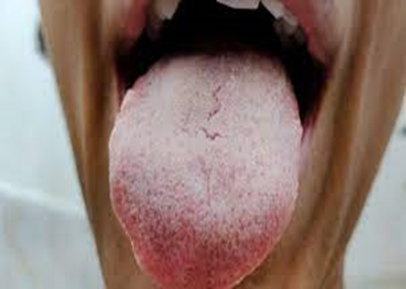
3. SMOOTHNESS AND WETNESS- Indicate a Wet temperament
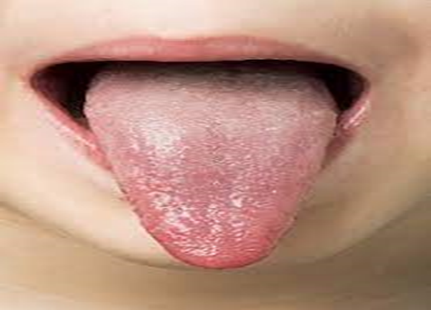
4. SWOLLEN OR ENLARGED: Indicates that the body is retaining excess fluids. Body fluid metabolism has become sluggish or obstructed. Fluid excretion deficient. A sign of a cold, wet Phlegmatic temperament.
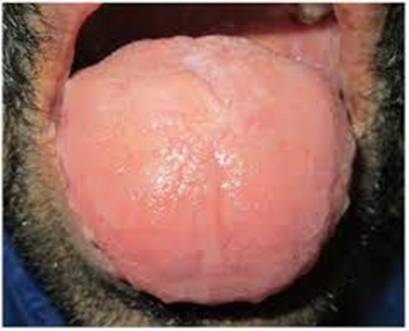
5. A ROUGH, GRAINY TONGUE: Indicates a Dry temperament, and can show a constitutional deficiency of the Radical Moisture and the moist, flourishing Phlegmatic and Sanguine humors. Such tongue conditions are usually inherited or congenital, and are not acute, serious or critical. Compensated for by one’s lifestyle, hygiene and regimen.
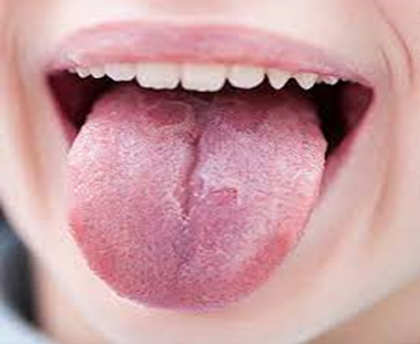
6. THICK, GREASY COAT: Indicating the presence of toxins due to deficient or defective digestive enzymes.
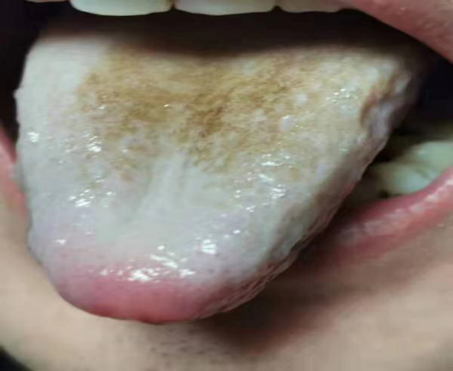
7. A RAW TONGUE, THAT LOOKS LIKE A SLAB OF RAW MEAT, AND IS DARK RED IN COLOR-Generally a sign of advanced consumption, deficient heat, and a severe depletion of the vital fluids.
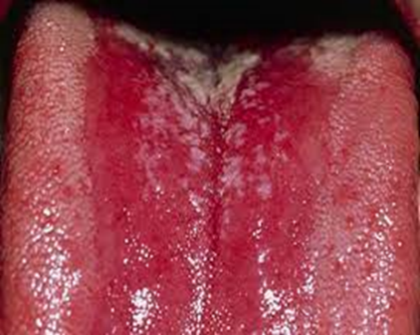
8. A CRACKED TONGUE: Sign of chronic nervous stress and tension. Most cracks are located on the midline of the tongue, which represents the spinal column.
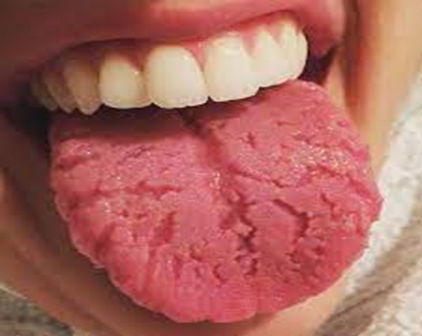
OTHER CHARACTERISTICS FEATURE OF TONGUE
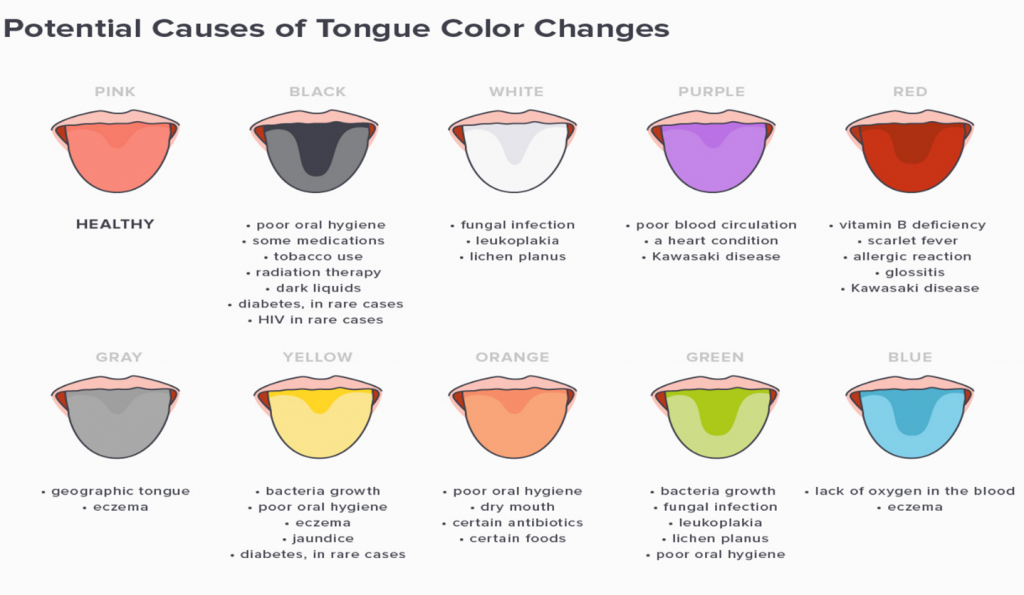
Bluish discoloration- Central cyanosis
Brown colour- Advanced uraemia
Brown discoloration- Ketosis
Magenta colour- Riboflavin deficiency
Bright scarlet or beefy red tongue- Niacin and some other B-complex deficiency
Pallor- Severe anaemia
MIASMATIC ANALYSIS OF OBJECTIVE FEATURES OF THE TONGUE
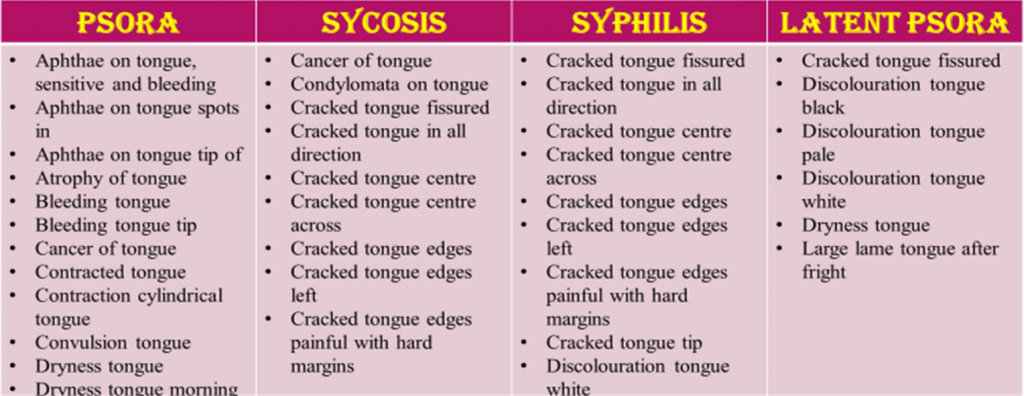
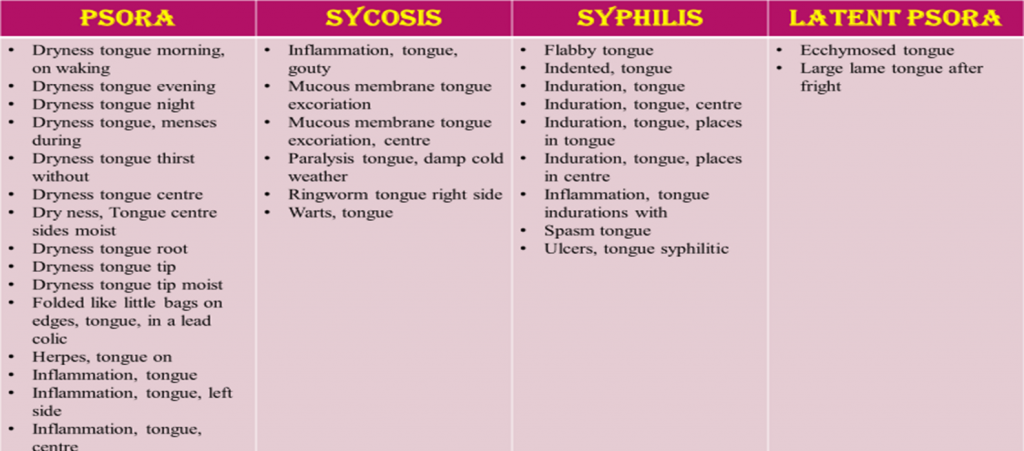
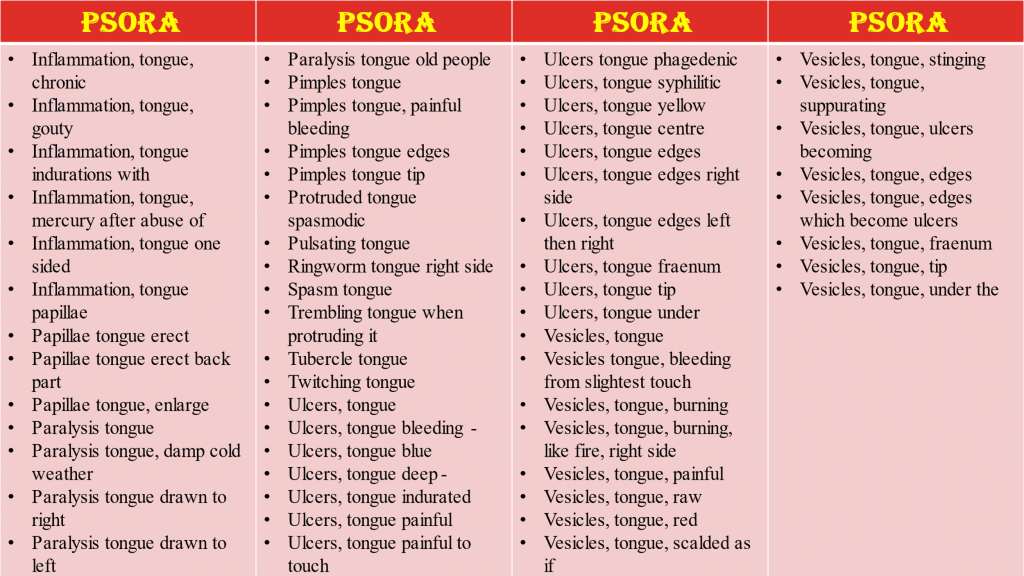
THE DISEASES DIAGNOSIS OF THE TONGUE ON BASIS OF PICTURE ANALYSIS
1.ANTIMONIUM CRUDUM- Thickly coated white tongue, as if white washed.
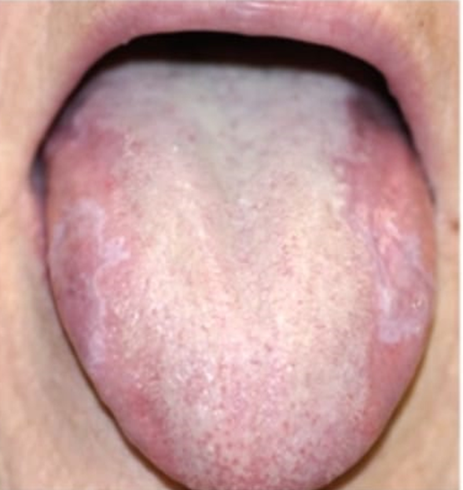
2. APIS MELLIFICA- Swelling of the tongue with inflammation.
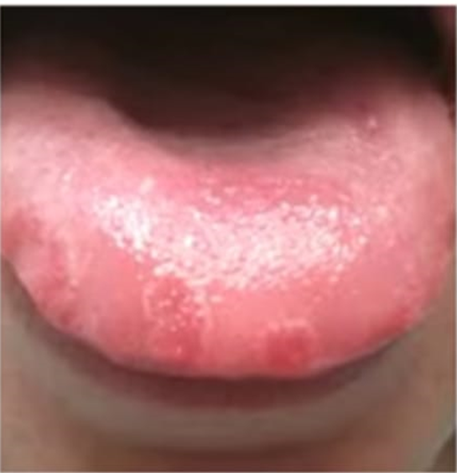
3. ARGENTUM NITRICUM- Tip painful, Bleeding from papillae of the tongue.
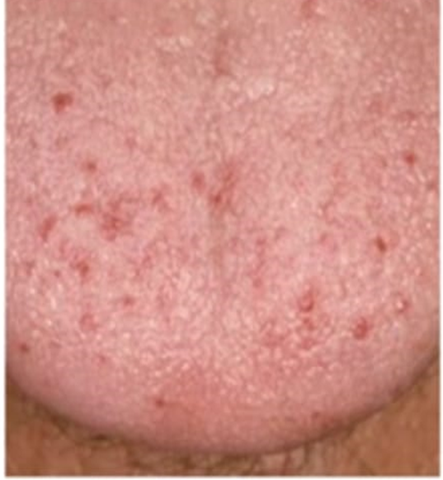
4. ARSENICUM ALBUM- Tongue blackish or bluish and cracked.
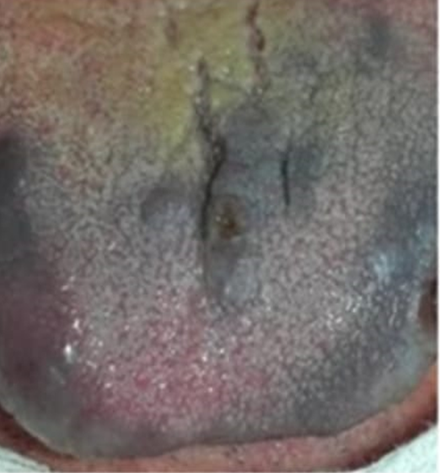
5. AURUM MURIATICUM- Tongue hard like leather, Warts on the tongue.
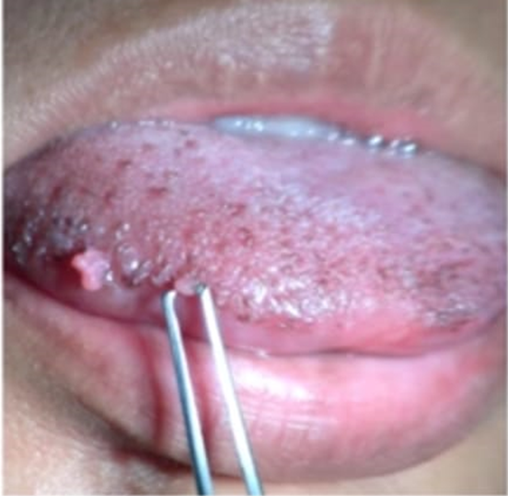
6. BORAX- Aphthae, White fungus like growth and tongue, Leucoplakia.
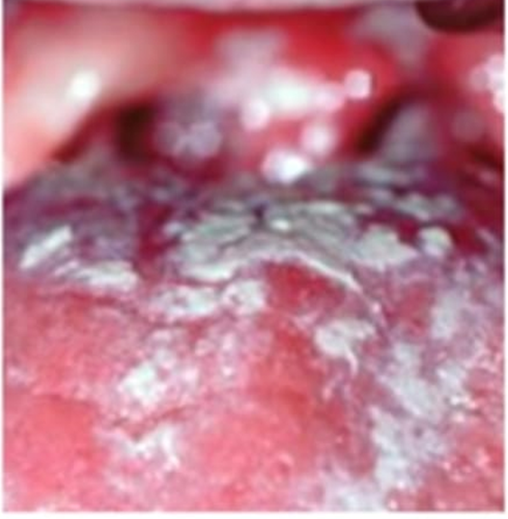
7. BRYONIA ALBA- Tongue dry.
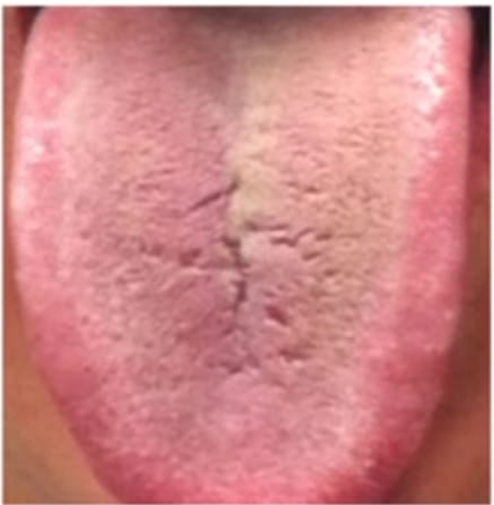
8. CAUSTICUM- Paralysis of tongue with indistinct speech.
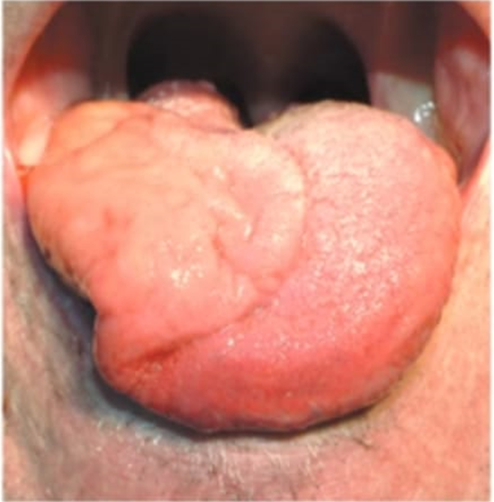
9. CIMICIFUGA- Tongue painful and trembling.
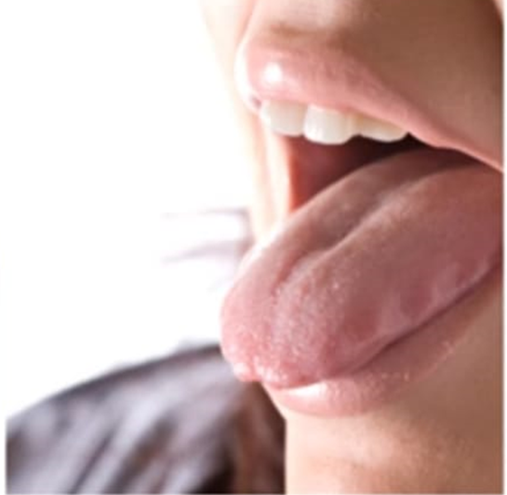
10. COLCHICUM AUTUMNALE- Sensibility of tongue is lost.
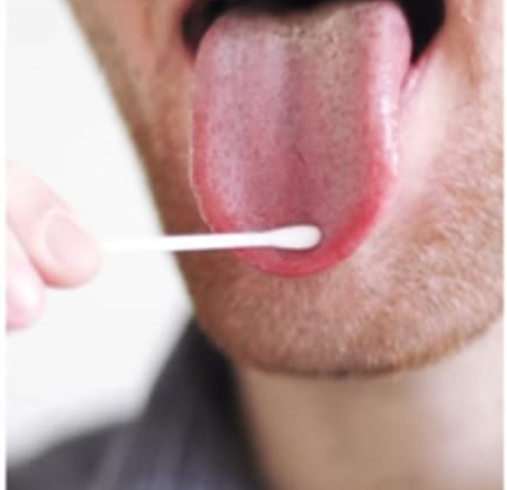
11. HYDRASTIS- Dirty yellow and moist.
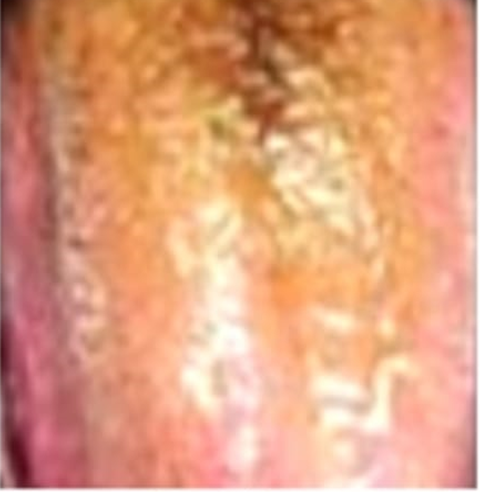
12. KALI MURIATICUM- Tongue is coated white or grey coating at the base of tongue.
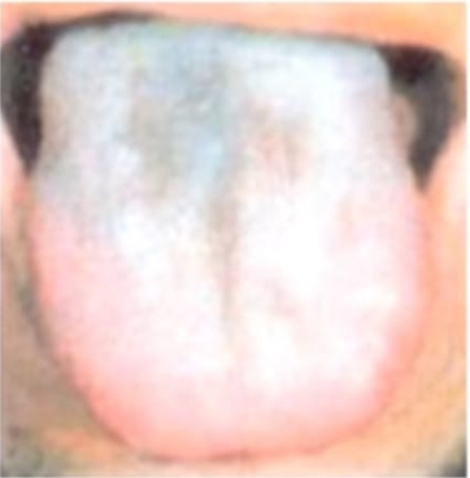
13. LATHYRUS SATIVUS- Burning pain at the tip of tongue with tingling and numbness.
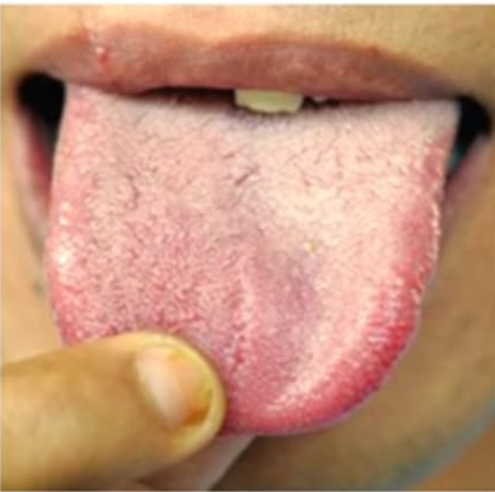
14. LITHIUM MURIATICUM- Numbness of the tongue.
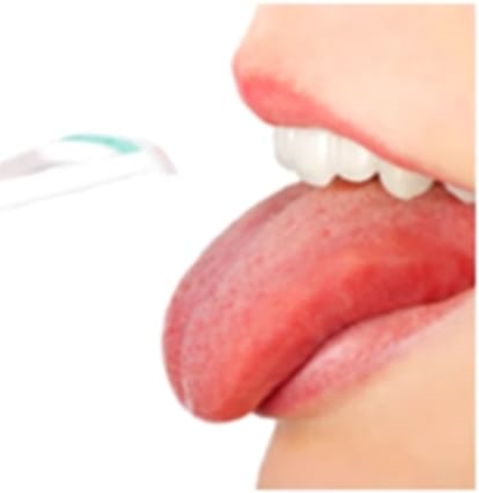
15. LYCOPODIUM- Ulcers on the tongue.
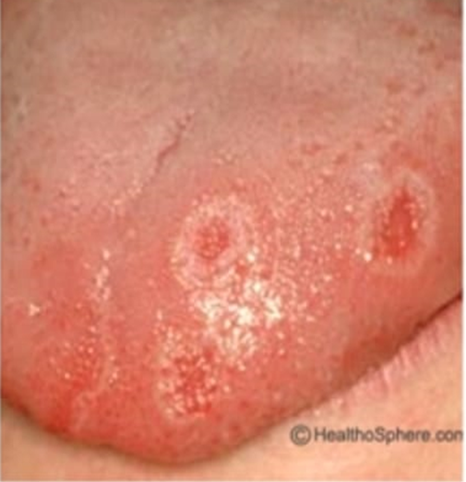
16. MERCURIUS SOLUBILIS- Furrow in the middle of the tongue and Inflammation of tongue.
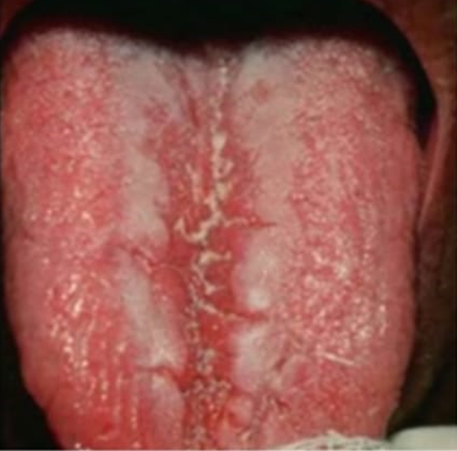
17. NATRIUM MUR- Blisters at the tip of the tongue.
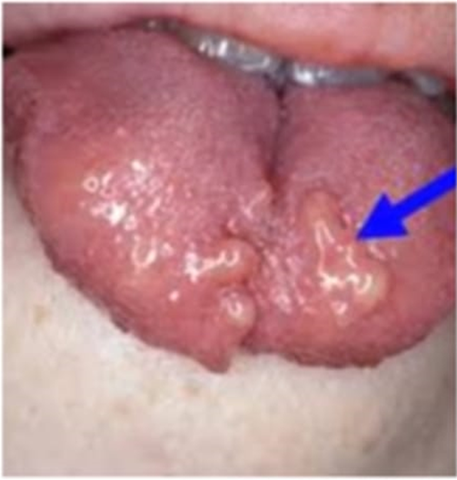
18. NATRUM PHOS- Yellow creamy coating of the tongue at the back part of the roof of mouth.
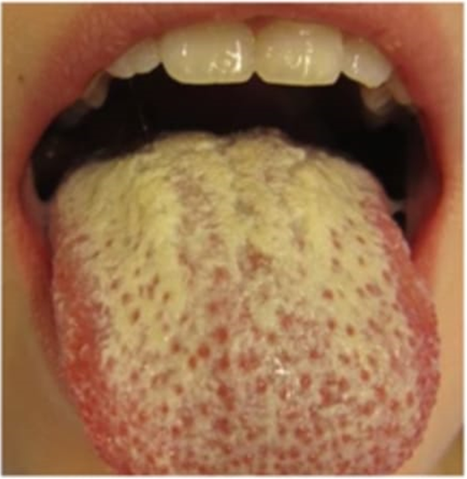
19. OLEANDER- Parched tongue.
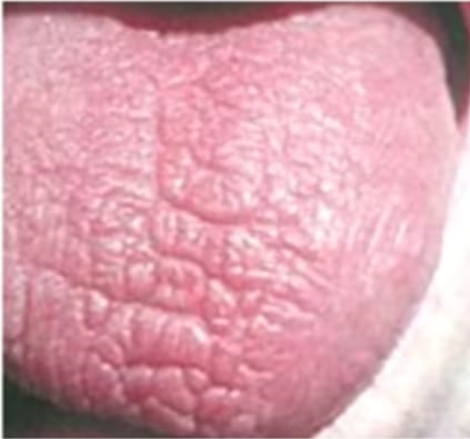
20. PULSATILLA NIGRICANS- Tongue is dry without thirst.
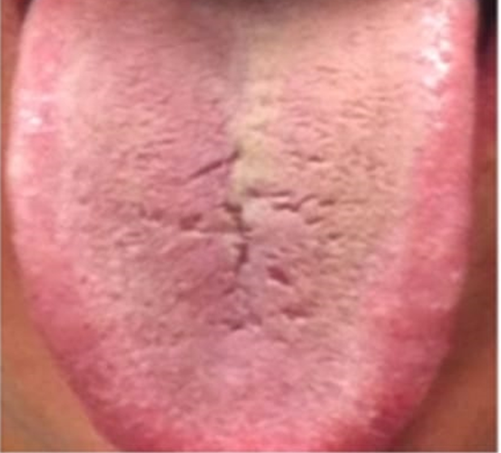
21. RANUNCULUS BULBOSUS- Peeling off of the skin of tongue.
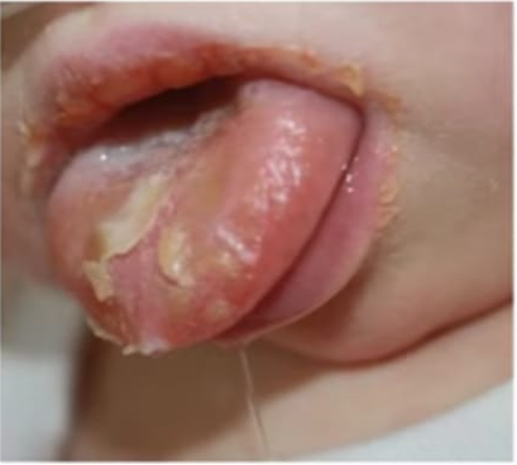
22. RHUS TOX- Tip has triangular redness and cracked.
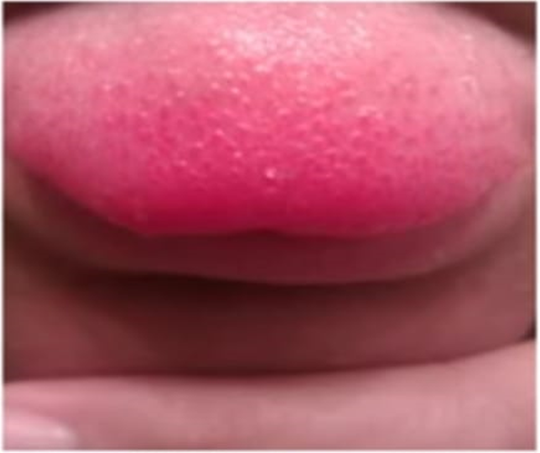
23. SANICULA AQUA- Ringworm on the tongue.
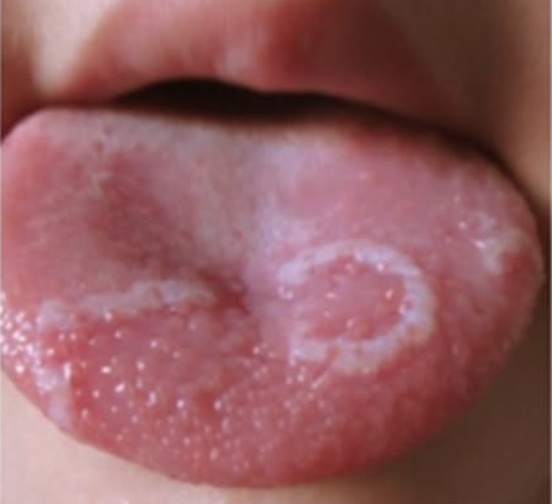
23. TARAXACUM- Red Sensitive Spots on the tongue.
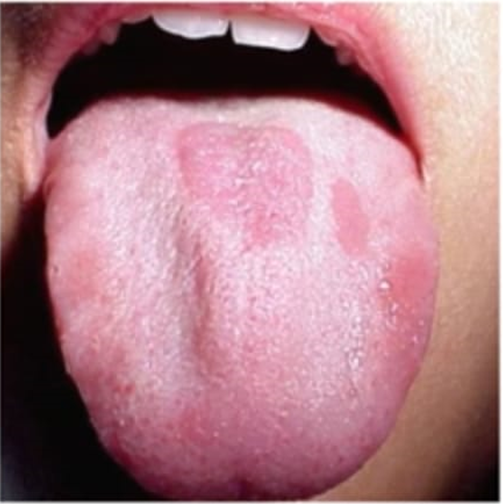
24. TEREBINTH- Tongue Dry, red, sore and shining. Burning at the tip with prominent papillae.
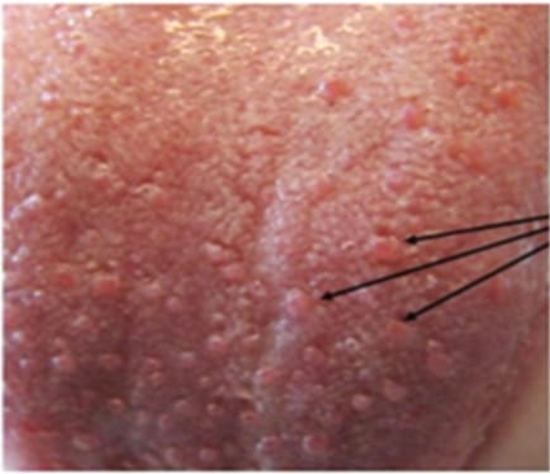
25. THUJA OCC- A Cyst under the tongue (Ranula). White painful blisters close to the root of the tongue. Biting of the tongue.
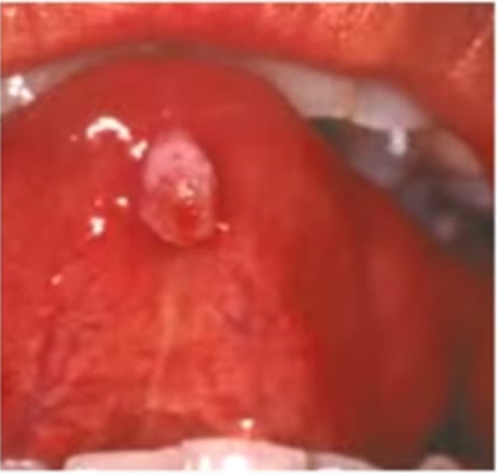
REPETORIES HAVING CHAPTER AS TONGUE
WILLIAM BOERICKE REPERTORY
MURPHY REPERTORY
CLARKE REPERTORY
PATHAK REPERTORY
OTHER REPERTORIES
Dr. J.T. KENT’S “REPERTORY OF THE HOMEOPATHIC MATERIA MEDICA” describe tongue under the chapter on “MOUTH”.
C.M. BOGER “BOENNINGHAUSEN’S CHARACTERISTIC AND REPERTORY” gives a sub chapter on “TONGUE” under chapter “MOUTH AND THROAT”
CALVIN B. KNERR “A REPERTORY OF HERING’S GUIDING SYMPTOMS” gives a special chapter on “TASTE AND TONGUE”
COMPLETE REPERTORY chapter “MOUTH” sub rubric “TONGUE”
BTPB describes tongue under chapter “MOUTH AND THROAT”
LIPPE REPERTORY gives chapter on “CAVITY OF MOUTH PALATE AND TONGUE”
Number of rubrics on tongue in different repertories:
COMPLETE REPERTORY: 1888, GENTRY’S REPERTORY: 2584, MURPHY REPERTORY: 1001, ALLEN: 1254, KNERR: 2148, LIPPE: 482, KENT: 469, BTBP: 291, BOERICKE: 87, BBCR: 113, CLARKE: 47, PATHAK: 233.
RUBRICS RELETED TO THE TONGUE FROM ALLEN’S KEY NOTE REPERTORY:
BLEEDING, tongue – Arum t, Borx
CATCHES, on the teeth tongue- Ign
CLEAN, tongue- cina (in worm), dig (in heart disease), Ipcac, Pyro.
COLDNESS, sensation of tongue- Camph, Carbo v.
CRACKED, tongue fissured- Arum t, Hyos, Nit acid, Phos, Rhus t
CRACKED, tongue centre- Bapt.
DISCOLOURATION, tongue, coated blue- Arum t, Dig.
DISCOLOURATION, tongue, coated brown- Bapt.
DISCOLOURATION, tongue, coated dirty- Nat s
DISCOLOURATION, tongue, coated greenish- Nat s
DISCOLOURATION, tongue, coated greenish-gray- Nat s
DISCOLOURATION, tongue, coated red- Merc, Rhus t
DISCOLOURATION, tongue, coated red, fiery-red- Apis, Pyrogen
DISCOLOURATION, tongue, coated red, glistening- Kali bi.
DISCOLOURATION, tongue, coated red, red and white alternate- Ferr.
DISCOLOURATION, tongue, coated red, brown, down centre- Bapt.
DISCOLOURATION, tongue, coated red, strips down centre- Caust, Verat v.
DISCOLOURATION, tongue, coated red, edges- Chel, Sulph.
DISCOLOURATION, tongue, coated red, tip- Rhus t.
DISCOLOURATION, tongue, coated red, trangular- Rhus t.
DISCOLOURATION, tongue, coated white- Ant c, Merc, Tarax.
DISCOLOURATION, tongue, coated white milky- Ant c
DISCOLOURATION, tongue, coated white red and white alternate- Ferr.
DISCOLOURATION, tongue, coated yellow- Chel
DISCOLOURATION, tongue, coated yellow base- Merc I f, Nat p.
DISCOLOURATION, tongue, coated yellow, golden yellow –Nat p
DRYNESS, tongue- Bry, Hyos, Lach, Mur ac, Nux m, Puls, Rhus t, Ter
DRYNESS, tongue, night- Nux m
DRYNESS, tongue, thrist, without- Puls
FLABBY, tongue- Camph, Merc.
GLOSSY, tongue- Tereb
HAIR, on tongue- Sil.
INDENTED, tongue- Chel, Merc, Rhus t.
LARGE, tongue- Merc, Pyrogen.
LEATHER, like tongue- Mur ac.
MAPPED, tongue- Tarax.
NUMBNESS, of tongue- Nat m.
PAIN, tongue, burning- Ars, Arum t, Bell, Iris, Mez.
PAIN, tongue, burnt, tongue- Vert v etc.
CASE NO.-Name- Ms Abc, Age-8yrs/F Complaints from the class-teacher that her attention is always fleeting. She cannot sit in one place for more than two minutes. As such she knows film-songs by heart but when it comes to studies it is always difficult for her to grasp and remember. She failed twice in her terminal examination”. I had to make an off-hand prescription without writing the history in details. I called her and looked at her tongue. It was posteriorly coated white. As I was working on my paper on “Audio-visual image of a Nux v patient” that time, so the tongue made me think of Nux -v. A few questions confirmed some more symptoms of Nux v like irritability of mind, bilious headache and vomiting and constipation with ineffectual urge for stool. It was difficult to get history from such a child. I prescribed Nux v 30 H.S. for a few days. I was myself surprised as normally a Homeopathic physician thinks of remedies like Arg-n, Gels, Aeth, etc. for “examination funk” and associated nervousness. I opened my Kent’s repertory to find out how Nux v had helped this child. Under “Concentration difficult” besides other remedies Nux v gets Grade I. Under “Concentration difficult studying, reading etc. while” Hell. and Nux -v. are the only two remedies getting Grade I.
Conclusion: Tongue fasciculations are visible, spontaneous and intermittent contractures of muscle fibers, that are often a neurological and Pathophysiological finding of concern, reportedly related to different type of disorders, most often ALS. However, the degree of skeletal pathophysiological involvement is broad, with tongue fasciculations found in movement disorders, electrolyte disorders, and even stress and fatigue, eruptions(growth). Physicians should suspect deficiency as well in patients with tongue fasciculations in the absence of other neurologic findings. Tongue reflects the patient as a whole, findings of the tongue should be important in prescribing. Helps in selecting medicines where in tongue symptoms are characteristic. In crowded OPDs such findings will help the physician to attend to his patients fast. Tongue represents the location of various organs. The front of the tongue is related to upper GI tract, lungs, and heart; The Middle part of the tongue is connected with liver, spleen, and stomach; The back is associated with large intestine and kidneys; The very tip is the location of thyroid and vertical line in the middle of the tongue represents the spine.
References:
- Sambulingum, Human Physiology.
- Ganong Human Physiology.
- Prakash Vakil, The tongue that does not Lie.
- Banerjea Dr. Subrata Kumar, Miasmatic Prescribing, Second Extended edition, B.jain Publication.
- Sirker Captan K.K., A Repertory based on Allen’s keynotes and Nash’s Leaders including Relationship of Remedies.
- Berickes W. Materia medica and Repertory.
Allen’s H.C. Allen’s keynote and Rearranged characteristics Materia medica.


